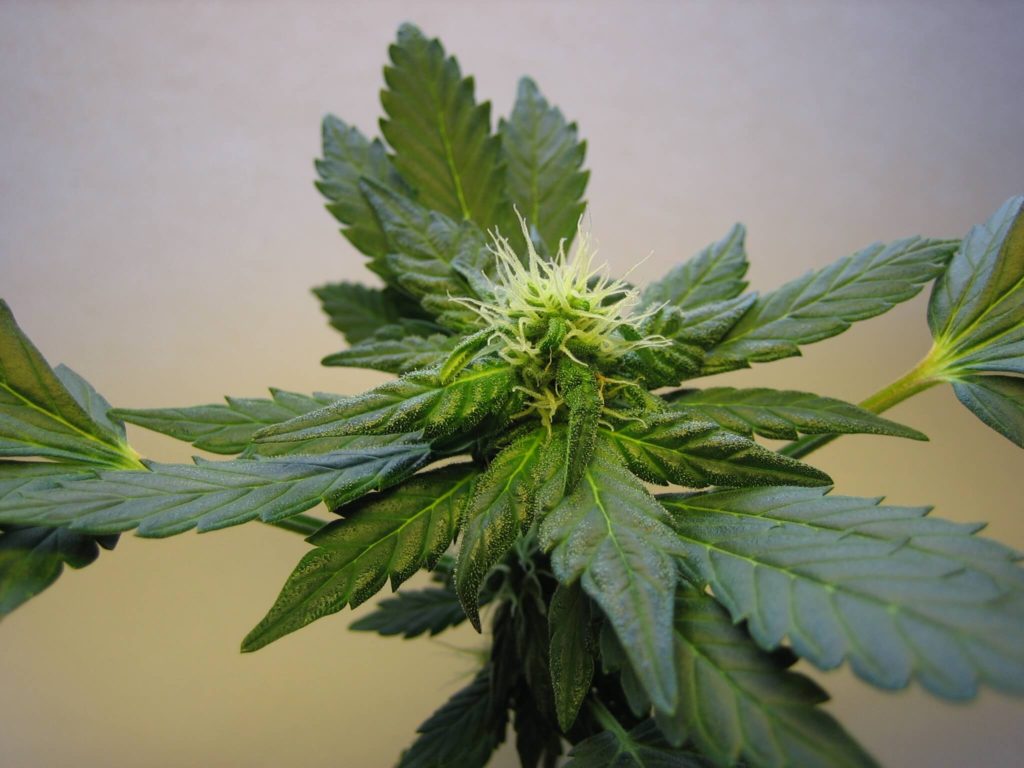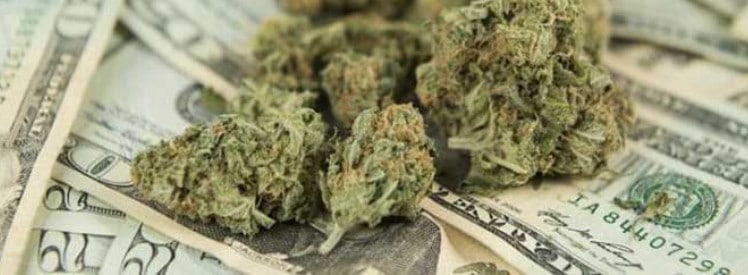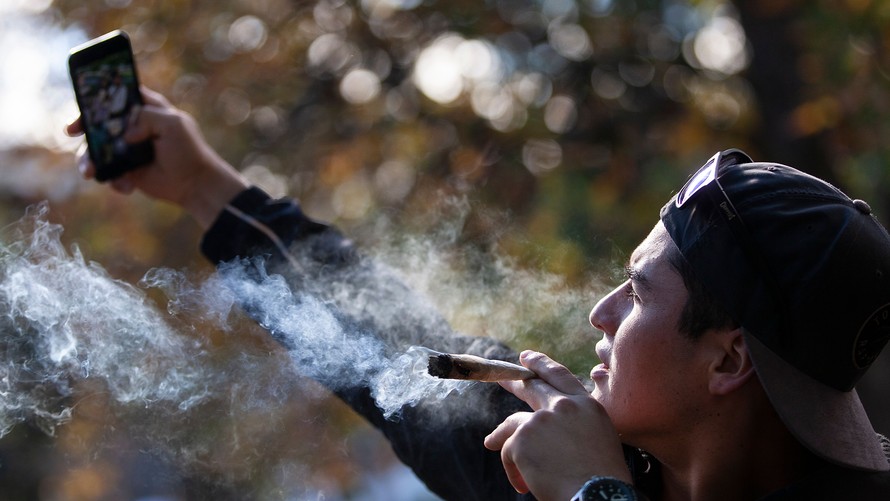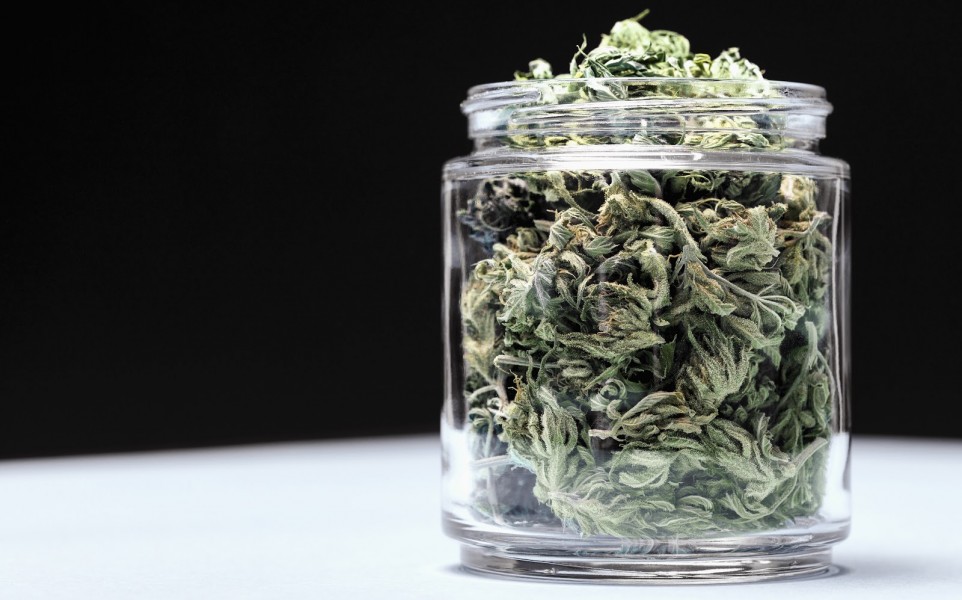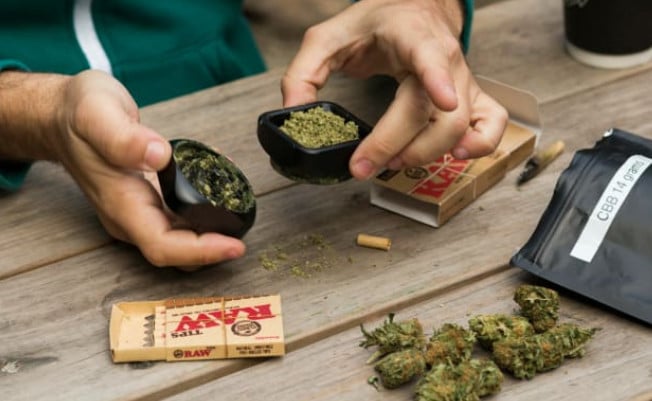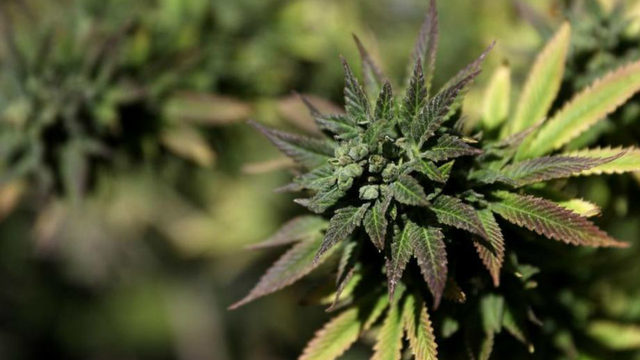As rational, health-conscious men, we should avoid behaviors that likely will cause harm even under the best of circumstances. Certain sports and physical activities may cause harm, but with proper training and equipment, these risks can be minimized if not completely eliminated.
These diseases and others can show up after years without smoking. My father died of chronic obstructive pulmonary disease, though he stopped smoking decades before. For smokers worried about their health, Reynolds adds, “The best course of action … is to quit.” Anything that can decrease or eliminate smoking sounds like a positive development.
Vaping may be just the ticket. Though cannabis—marijuana if you prefer—can be smoked like tobacco (or mixed with tobacco), that’s not the only way to experience it. Vaporizers—such as a vape pen—heat but don’t burn the weed, producing an aerosol (vapor) with fewer carcinogens and lung irritants. They, however, are too new to conclude that they are entirely risk-free.
Not that all noncombustible products are created equal. There are important differences between devices, the materials from which they are made and the forms of products put into them. A so-called e-liquid containing nicotine is most common.
A Johns Hopkins study detected the presence of potentially dangerous elements, including lead and arsenic, in e-cigarette liquids, with much higher quantities in vaping pens with fresh metal heating coils. Some have ceramic heating coils, others quartz, both of which seem to release less or no lead and arsenic.
Cancer and other diseases aren’t the only problems with nicotine. It also is addictive. Cancer Research UK states that “Nicotine causes addiction in much the same way as heroin or cocaine and it is just as addictive as these ‘harder’ drugs.” Marijuana, according to the best science, has less risk of addiction, maybe mostly psychologically.
E-cigarettes and vaping pens can function as nicotine replacement therapy (NRT), reducing the risk of smoking-related diseases, just as methadone or buprenorphine (Suboxone) can function as medication-assisted treatment (MAT) in heroin rehab programs.
Whether smoking or vaping marijuana has the same or similar health risks isn’t asked very often, even by marijuana opponents. (They tend to focus on whether or not cannabis is addictive, and if so, how much.) Maybe that’s because they know they won’t like the answer.
Though cannabis research is limited—in size and number, by the inability to get legal, government-grown marijuana for study—most studies conclude there is little or no risk of cancer associated with smoking marijuana, particularly when compared with tobacco.
Although marijuana smoke does have many of the same carcinogens as tobacco smoke, it seems cannabis also has some cancer-retarding properties that may reduce or eliminate the risks. That doesn’t mean there may not be other, significant lung health risks short of cancer.
Vaping cannabis seems to have even fewer health risks than smoking it, though again there is not enough evidence to say there is no risk. Since there’s a chance that it may cause harm, it would be more responsible, more grown up, to not smoke or vape anything.
That’s the problem. Smoking is adolescent. Almost no one starts smoking as an adult. Nicotine is so incredibly addictive, however, that once you start it is very difficult to quit. To paraphrase the Jesuits and Muriel Spark, “Give me a child at an impressionable age and they are mine for life.”
Likewise, marijuana may do long-term damage to the developing teen-aged brain that it doesn’t to the adult brain.
The way it looks right now, vaping tobacco is less harmful than smoking it since the combustion releases more carcinogens and the smoke irritates the lungs more than the vapor. Marijuana seems (to all but the most rabid anti-grass zealots) to be less harmful than vaping tobacco, and vaping marijuana is safer still.
Another argument in favor of cannabis: Although tobacco has no currently accepted or rationally argued health benefits, the same is not true of marijuana. Many US politicians and some physicians say that marijuana has no proven benefits either, but that, again, maybe because it is too difficult to get permission to test it.
Meanwhile, there are many people who testify to the health benefits of cannabis for anxiety, post-traumatic stress disorder, chronic pain management and even withdrawal from deadly opioid drugs. Say what you like about marijuana, there is not a single documented case of anyone dying from an overdose of marijuana, despite many legalization and decriminalization opponents looking for one. It seems to be physically impossible.
Although marijuana is illegal at the federal level, 60 percent of the US population thinks it should be legal, recreational as well as medical, and about the same percentage of states have passed ballot measures or laws making it so under their laws.
The US tried Prohibition for alcohol, which was and is a health hazard, but it didn’t work. Many people decided they’d rather break the law than stop drinking. All that was accomplished was the creation of a vast criminal apparatus to feed that desire. The crackdown on marijuana, heroin, and opioid prescription painkillers has had a similar effect, leading to drug cartels, crime, overdose deaths, and violence.
Not so curiously, in states where recreational marijuana has been legalized, the amount of crime, violence and overdose deaths has decreased. The same is true of areas where safe injection sites have been established, where addicts can test their drugs to make sure they’re getting what they paid for (some prescription painkillers are counterfeits, using cheaper, easier to find, but much stronger opioids such as fentanyl), clean needles and medical assistance if needed.
Vaping marijuana is not a monolith either, and while there is little research about the safety or dangers of vaping, some methods may be safer than others. First, there’s the hardware, from a hand-held bong or water pipe to a vape pen. They come in different materials, too, which may or may not affect the release of carcinogens.
The most common form of cannabis for vaping pens is a concentrate known as butane hash oil (BHO), typically made by pouring lighter fluid through poor-quality pot and filtering it. Other vaporizers use loose pot, whole bud or ground, with heated water. There’s even a Keurig-style cannabis device using pre-filled pods that may come to market soon.
The US tried Prohibition for alcohol, which was and is a health hazard, but it didn’t work. Many people decided they’d rather break the law than stop drinking. All that was accomplished was the creation of a vast criminal apparatus to feed that desire. The crackdown on marijuana, heroin, and opioid prescription painkillers has had a similar effect, leading to drug cartels, crime, overdose deaths, and violence.
Not so curiously, in states where recreational marijuana has been legalized, the amount of crime, violence and overdose deaths has decreased. The same is true of areas where safe injection sites have been established, where addicts can test their drugs to make sure they’re getting what they paid for (some prescription painkillers are counterfeits, using cheaper, easier to find, but much stronger opioids such as fentanyl), clean needles and medical assistance if needed.
Vaping marijuana is not a monolith either, and while there is little research about the safety or dangers of vaping, some methods may be safer than others. First, there’s the hardware, from a hand-held bong or water pipe to a vape pen. They come in different materials, too, which may or may not affect the release of carcinogens.
The most common form of cannabis for vaping pens is a concentrate known as butane hash oil (BHO), typically made by pouring lighter fluid through poor-quality pot and filtering it. Other vaporizers use loose pot, whole bud or ground, with heated water. There’s even a Keurig-style cannabis device using pre-filled pods that may come to market soon.


